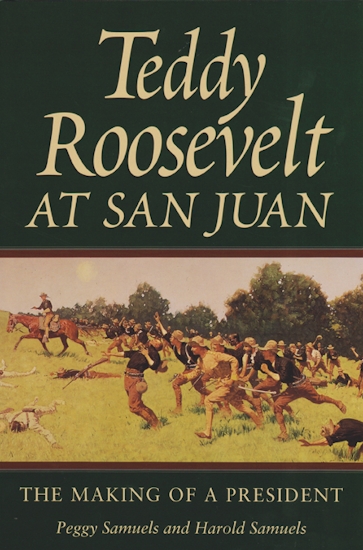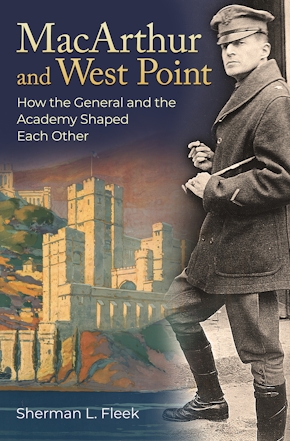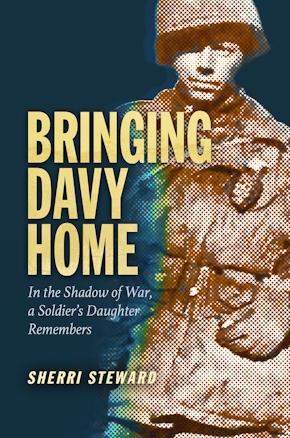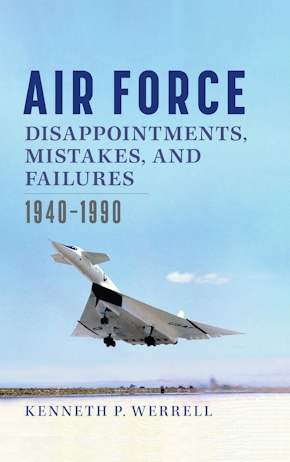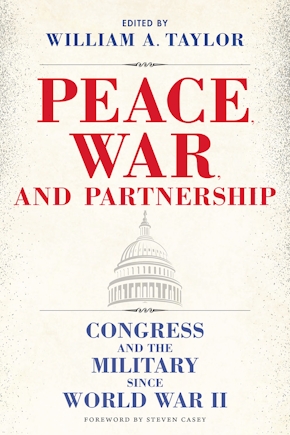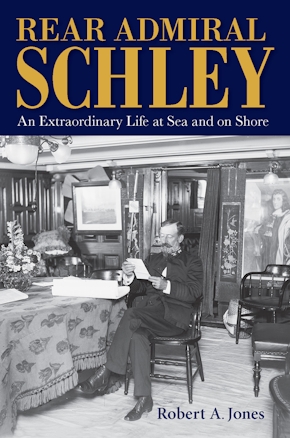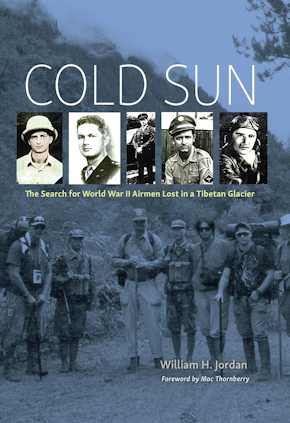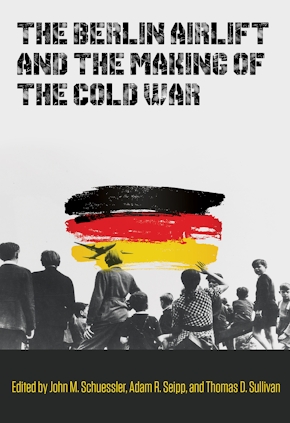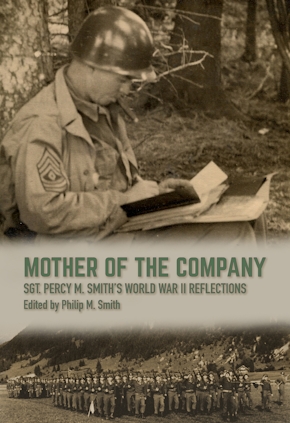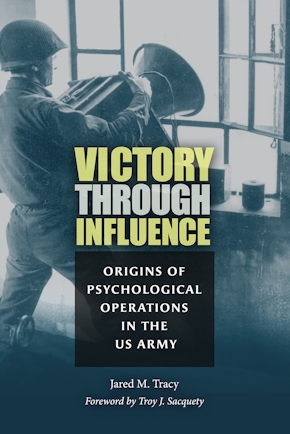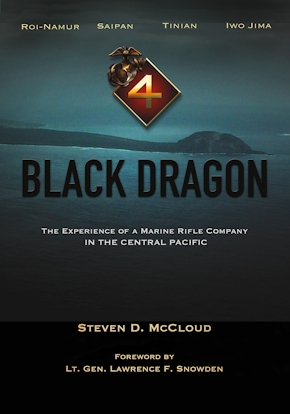Teddy Roosevelt at San Juan
The Making of a President
978-0-89096-771-3 Cloth
6.12 x 9.25 x 0 in
384 pp. 15 b&w photos., 2 line drawings., 4 maps.
Pub Date: 09/01/1997
Available
Roosevelt and his volunteer cavalry were positioned in the rear of two regular regiments on the right side of the arena. They faced the lower and thinly defended rise called Kettle Hill, rather than San Juan Hill. The only American officer to remain mounted in the battle, Roosevelt initiated an unauthorized charge up Kettle Hill. While racing up the slope, he was forced to dismount and climb the crest on foot. As his young volunteers fell in behind, Roosevelt reveled in his triumph.
Afterward, in describing his self-perceived role to reporters, Roosevelt cast himself as the most promotable hero in the campaign and, thus, laid the foundation for his legend.
That legend, of Teddy Roosevelt valiantly leading the Rough Riders in their charge up San Juan Hill, had a great deal to do with making Roosevelt president and has endured for nearly a century. The reality as shown in this fast-paced narrative is that the charge Roosevelt led was foolhardy and occurred not on San Juan Hill but on the smaller and less important Kettle Hill.
Teddy Roosevelt at San Juan explains what Roosevelt did and why he did it. The authors tell the story in two separate but interwoven tracks.
The main tracks begins with the formation of the Rough Riders and carries the story of Roosevelt’s involvement forward to the time of the charge and immediately after.
In alternating chapters, the second track provides flashbacks offering a succinct look at the events of Roosevelt’s earlier life that motivated him to storm the hill in what he later called his “one crowded hour.”
Military historians and general readers interested in the Spanish-American War and those wanting a further look into the charismatic and persuasive politicians will find this never-before-told story an important contribution to understanding the period.
Williams-Ford Texas A&M University Military History Series
About the Author
Reviews
Published by Texas A&M University Press
